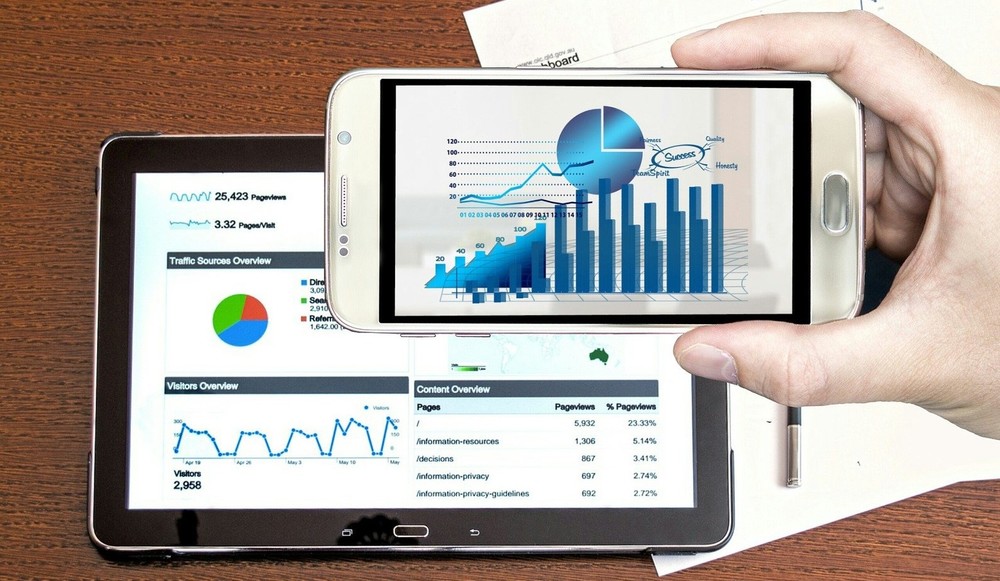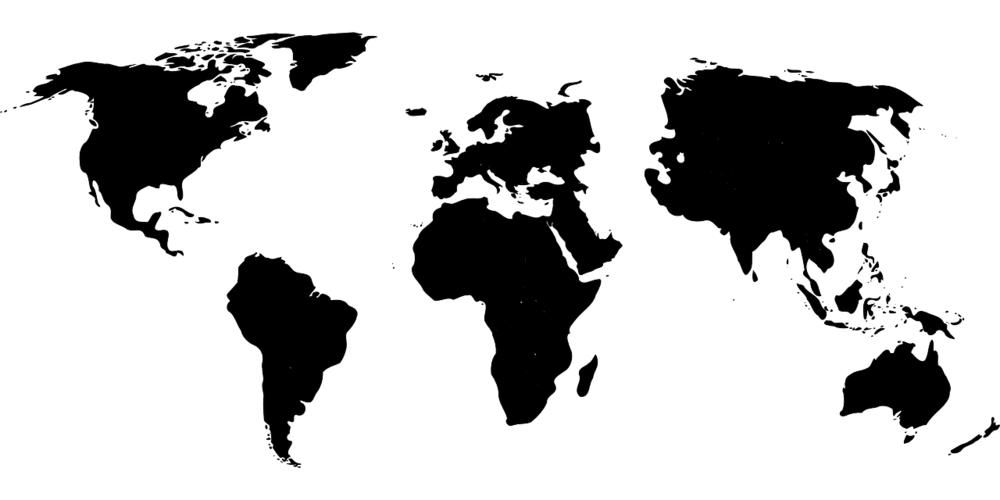This article is part of a blog series on wearables, exploring what they are and if your business is agile enough to enable collaboration.
The construction industry, which is slow to adopt technology is now embracing the wearables and will implement more of the technology quickly in the next 5 years:
52% of rework can be avoided thanks to the analysis of the data collected by wearables by
- improving communication and collaboration
- streamlining processes through automation,
- improving visualization.
This means, that $31.3 billion could have been saved in rework in the U.S.A. alone in 2018.
60% of general contractors and trades feel using software to manage safety and/or inspections during construction is of high value to improve this process.
83% of contractors believe that construction wearables would improve on-site safety.
Construction firms have adopted wearable technology and devices to improve safety and efficiency on job sites. For example, AR glasses give you access to information about your projects and the environment without impeding the processes.
A construction manager can use wearable devices to track the location of workers on a job site or to monitor equipment usage.
Developers are starting to use wearables to measure employee productivity and safety.
Stakeholders can do real-time 3D mapping of construction sites and collect data to streamline the construction processes.
Laborers are wearing devices, physically, on construction sites. These devices collect data from the nearby environment and provide information based on the required actions to be performed.
Construction sites are known for being risky environments. To mitigate the risks inherent to this environment construction companies are increasingly turning to advanced safety technologies like wearables.
If the pandemic has taught us anything it’s that people don’t need to be in the office to work collaboratively. A modern business needs to be agile. Part of this is the ability to find and share information quickly amongst your employees. After all, an office full of paper cannot be shared across multiple locations.
If you use wearable technology you will be able to get a vital understanding of your company’s entire operations. Wearables can:
- track patterns in worker movement and equipment to detect lower and higher productivity performances]
- monitor worker health and safety
- protect your most valuable asset, your people.
Wearables highlight your company’s pressure points that affect your profitability.
Integrating the field data collected by wearables in your project progress, safety reports, and finances you will be able to efficiently analyze your business operations by:
- measuring key performance indicators (KPI) accurately
- understanding your business's financial health
Working with wearables can save your office/admin staff 30 minutes per day on data retrievals. That’s a staggering 125 working hours or 15.5 days saved a year per team member. Digital working pays for itself.
What can wearables do?
- track the location of workers on a job site
- monitor equipment usage
- measure employee productivity and safety.
Wearable Market in the construction industry

In 2021 the volume was 56.5 million units. Over the next 5 years, the market is expected to grow 17.5% per annum to reach around 149 million units.
The adoption of technology in the construction industry is growing faster than in the past. The companies that are not embracing the digital revolution 4.0 and introducing connected devices in their processes will be out of business by 2030.
Market expansion.

The Construction smart wearable technology market is captivating and is predicted to expand to:
- meet the technological requirements needed to build better assets
- decrease accidents on construction sites
- develop innovative safety solutions.
The introduction of Artificial Intelligence, in wearables and construction standards, has increased automation in the construction processes.
The market will increase from $40 billion in 2020 to $100 billion in 2027 thanks to the adoption of new technologies like:
Personal protective equipment is already worn by workers. Furthermore, among all major industries, construction has the poorest worker health and safety statistics. With construction accounting for one in every five worker fatalities in 2019, employers and employees are adopting workplace safety initiatives such as the use of wearable technologies.
Construction site accuracy has improved
- measurement
- material quality
- production estimations
- detecting falls
- knowing workers' location
- personal well-being.
Market expansion may be timid
- prices are high on some products
- a lack of product standards in the international market.
These issues can be overcome if large product development materializes as a result of:
- industrial safety agencies merging
- high prices being acknowledged in underdeveloped countries.
Productivity will be boosted
Multicloud solutions provider, Rackspace Technology says wearables in the construction industry can:
- boost productivity by 8.5 percent
- workplace satisfaction by 3.5 percent.
Occupational Health and Safety and Health Administration (OSHA) says wearables could help:
- lower insurance rates
- improve employee safety and health.
Wearables will be used everywhere on construction sites
Safety to improve communication, collaboration, and data collection with devices like:
- smart hard helmets
- watches
- monitors
- boots
- augmented reality glasses
- exoskeletons
- sensors.
Wearable users’ functionality
Wearables can track worker health and safety parameters thanks to the:
- sensors
- GPS
- heart-rate monitors
- activity trackers
- pressure
- fall
- gas detection.
You can use the data collected to improve workplace safety concerns and prevent accidents or injuries as your workers:
- communicate hands-free
- follow the site movement
- check vital signs using smartwatches
- record and share electrocardiogram rhythms and oxygen saturation levels
- detect falls with wrist wearables
- inform on-site and emergency personnel.
Boots, helmets, and safety glasses are all being transformed into data-gathering and sharing devices thanks to wearable technology.
Market Segmentation

Based on Product
The construction smart wearable market is segmented into:
- watches
- boots
- helmet
- AR glasses
- bodywear/vest.
Civil engineering firms are investing a lot of money to maximize project efficiency and accuracy. With the above devices you can improve:
- site monitoring
- quality checks
- measurements,
- defaults analysis
Based on Application
The smart wearable for construction market is segmented into:
- residential
- commercial
- industrial
- infrastructure.
Commercial construction will represent the greatest part of the market representing around 35% of sales by 2027.
Civil engineering organizations will invest in wearables to help improve:
- large-scale structural operations
- budgeting
- commercial buildings.
Industrial applications will improve:
- working conditions
- performance
- profitability
Based on End-Use
The smart wearable for construction market is segmented into:
- site monitoring
- worker safety
- training programs.
The evolution and the adoption of AR glasses and smart helmets
will enhance:
- quality control
- measurement.
Using wearable for training programs amplify:
- visual aids
- simulation
- active communication.
Market Regional Insights

North America
The region dominates the market accounting for more than 30% of total revenue. The region drives the wearables market penetration by:
- increasing safety standards to avoid accidents
- improving site predictions and measurements
- supplying skilled workers to implement and use these innovative products.
Asia Pacific
The regional demand will be sustained by:
- large-scale structural operations
- technologically improved products
- availability of locally manufactured products.
China, South Korea, India, and Singapore will be the major revenue generators.
Europe
The region will grow rapidly as regulation is changing fast in the construction industry for site and worker safety. The regional demand will be led by Germany, France, the United Kingdom, and Italy.
The Middle East and Africa
The market is predicted to grow fast in this region thanks to:
- a large spectrum of industrial operations
- a strong investment in worker safety items.
In Conclusion
At Driving Vision, we believe that the future of wearable in the construction industry is great and will completely revolutionize the traditional way of operating. We can help you to decide if you need to invest in technology.
Pros of wearable technology:
- appropriate
- intelligent
- fruitful
Cons of wearable technology:
- technology is narrow
- not prudent enough
- expensive.
Adoption of automation and wearables.
The technology has delivered high quality and accuracy by:
- improving efficiency
- increasing security and safety
- reducing costs
Our technology diagnostic looks at the best way to incorporate new technology into your workflows and how to move your organization to cloud computing so you can open up new possibilities for your daily planning tasks and make sure your data never leaves the optimally secured data center.
The technology appraisal report will help you to explore what investment is required to improve your projects’ productivity and collaboration as well as the ROI you can expect.
A Driving Vision expert will conduct the interviews online and will issue a report and discuss our findings with you. Together we will decide the best way to implement the solutions at your pace and according to your budget.
Implementing BIM can be daunting, but Driving Vision is here to help you at the pace you are comfortable with. Get started by getting in touch now






